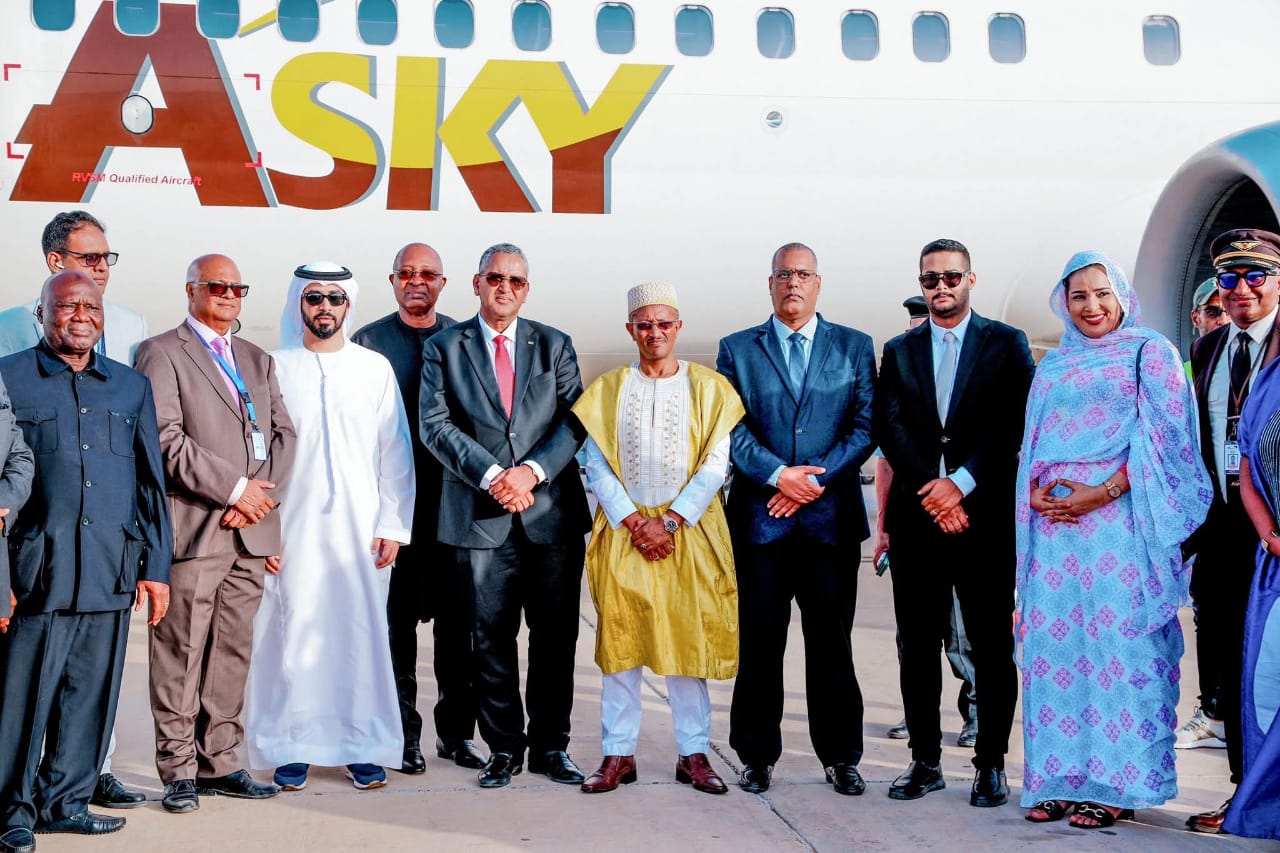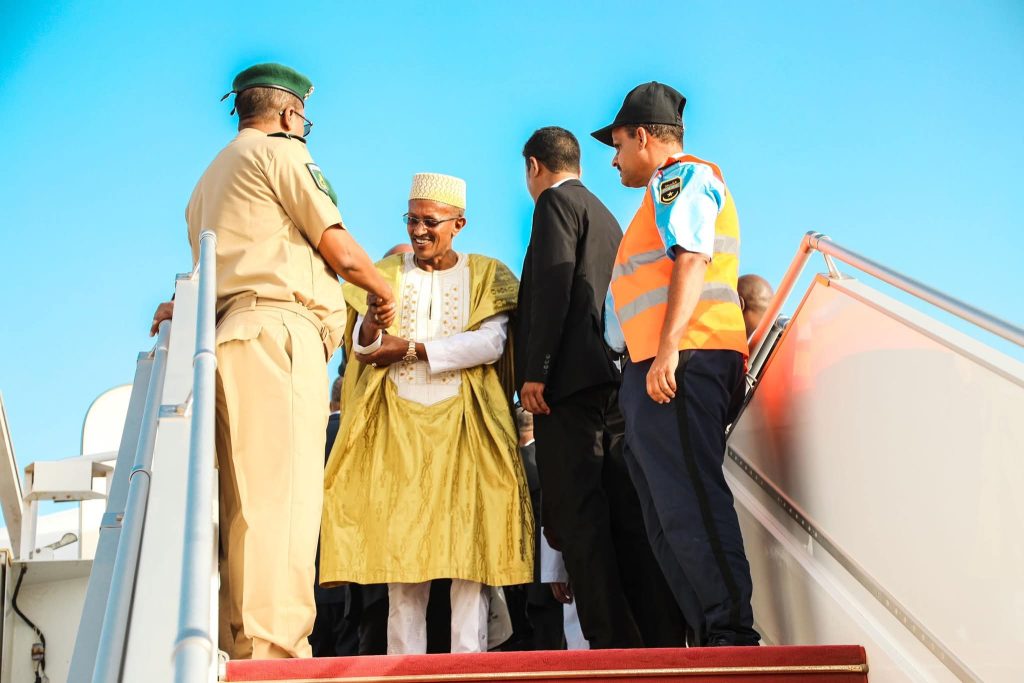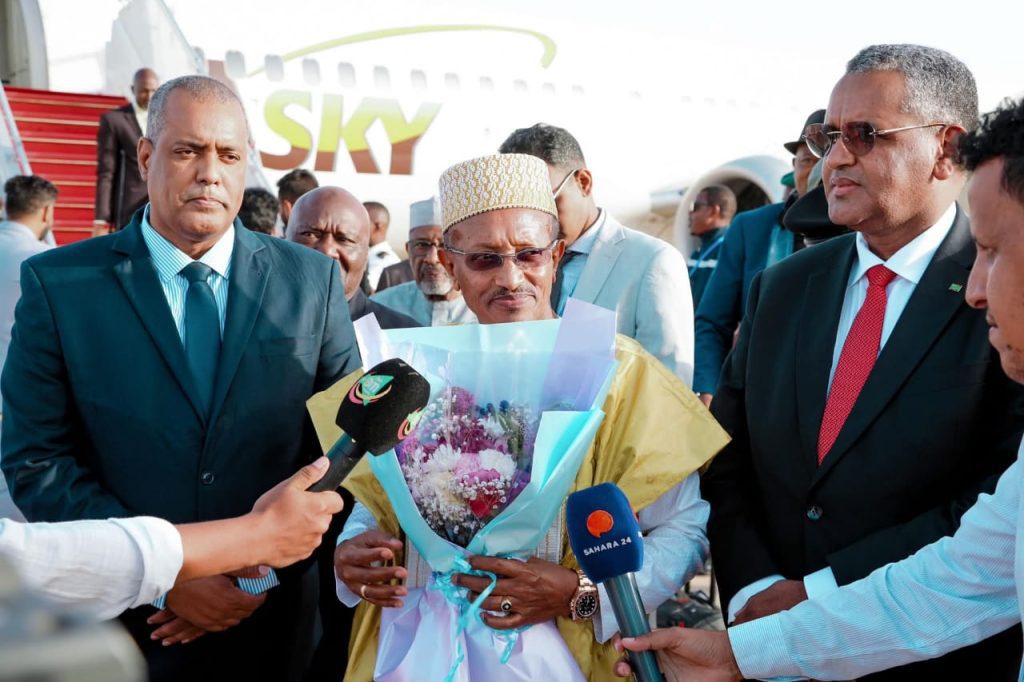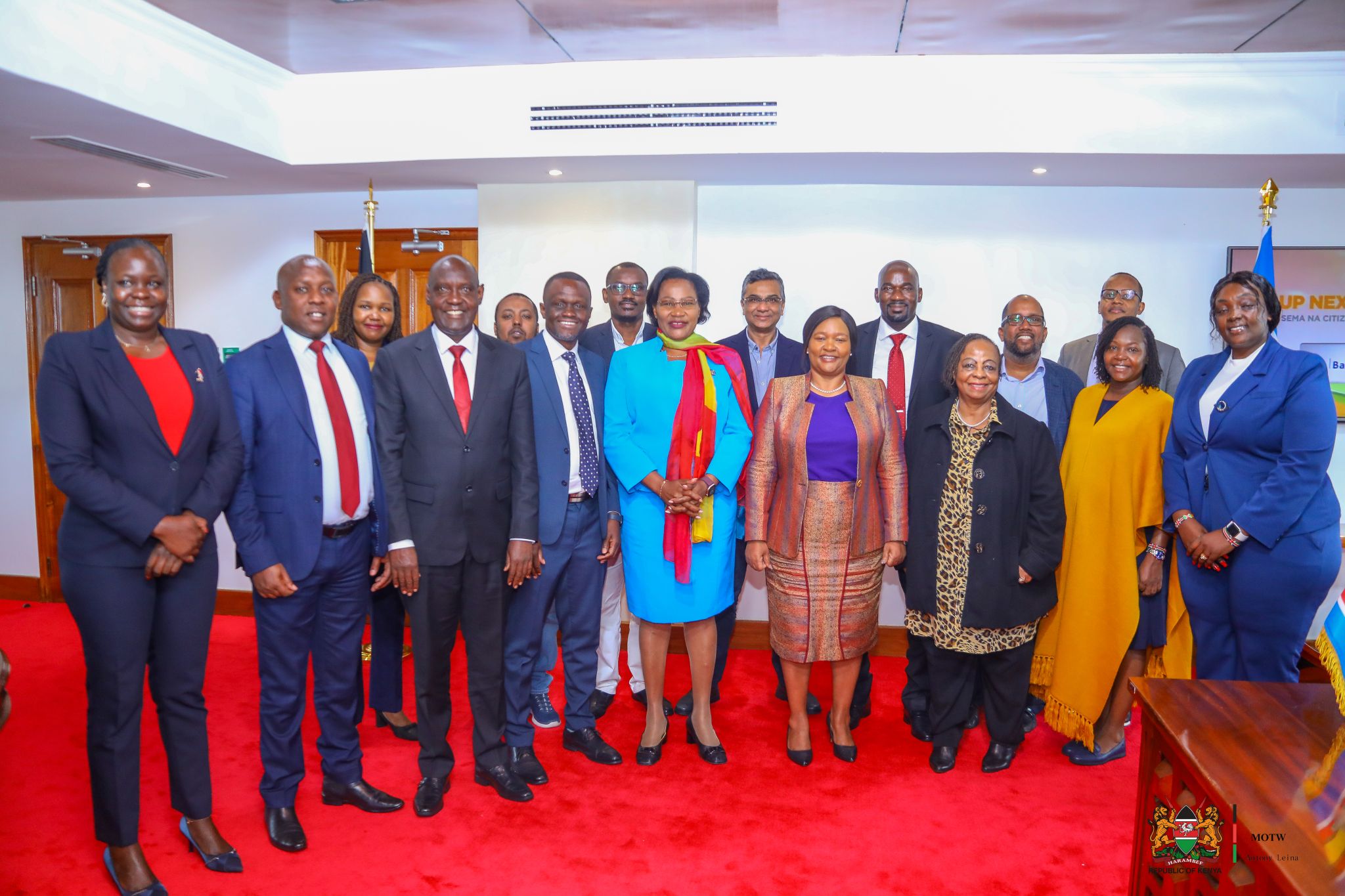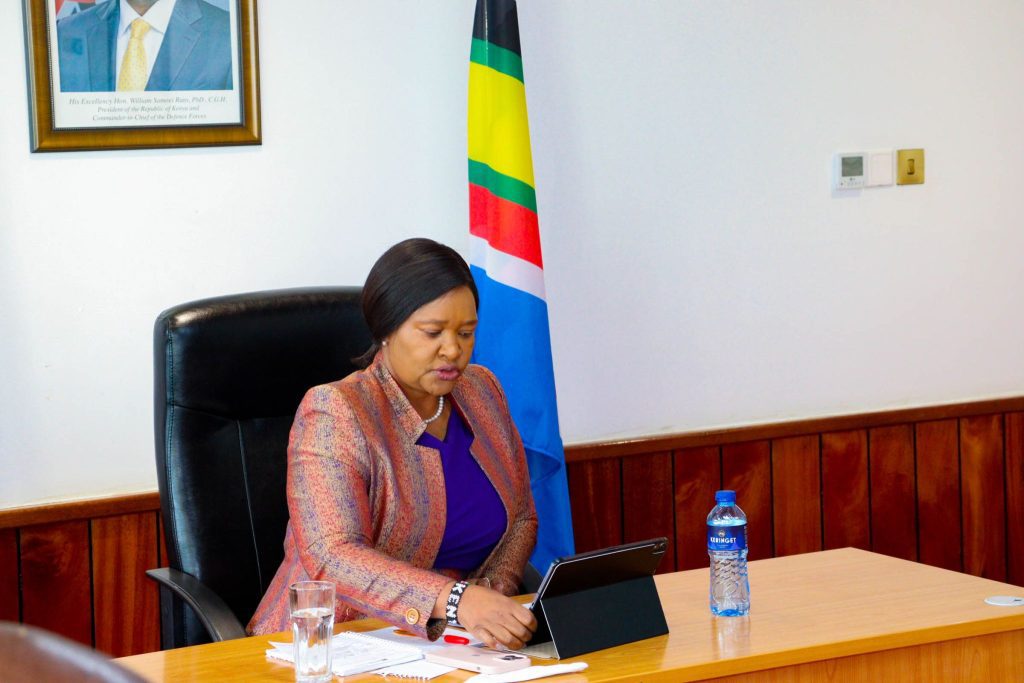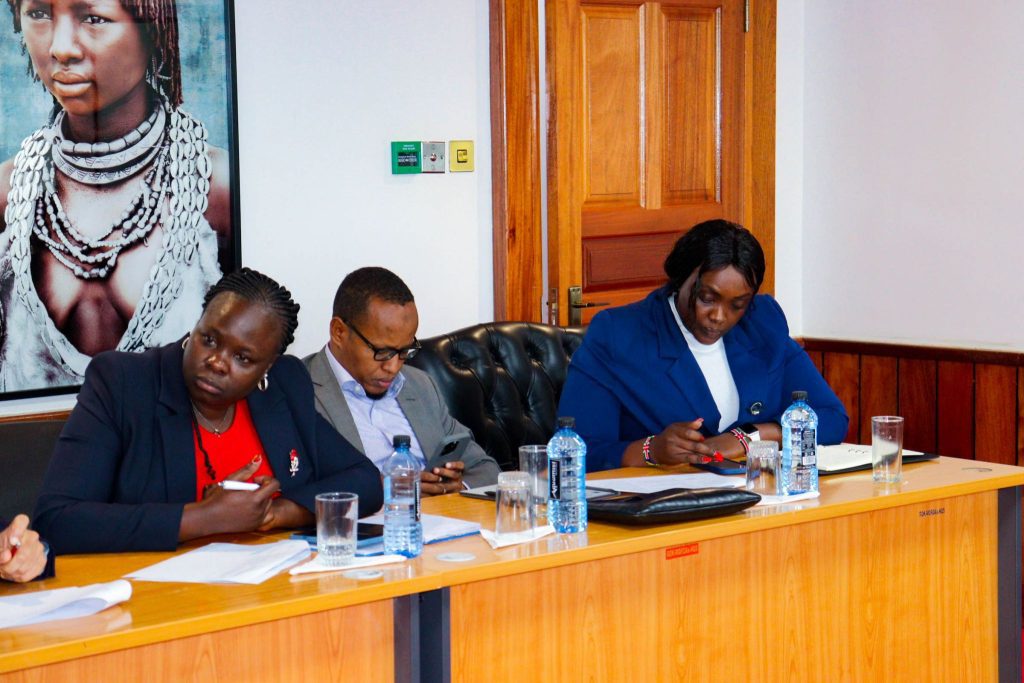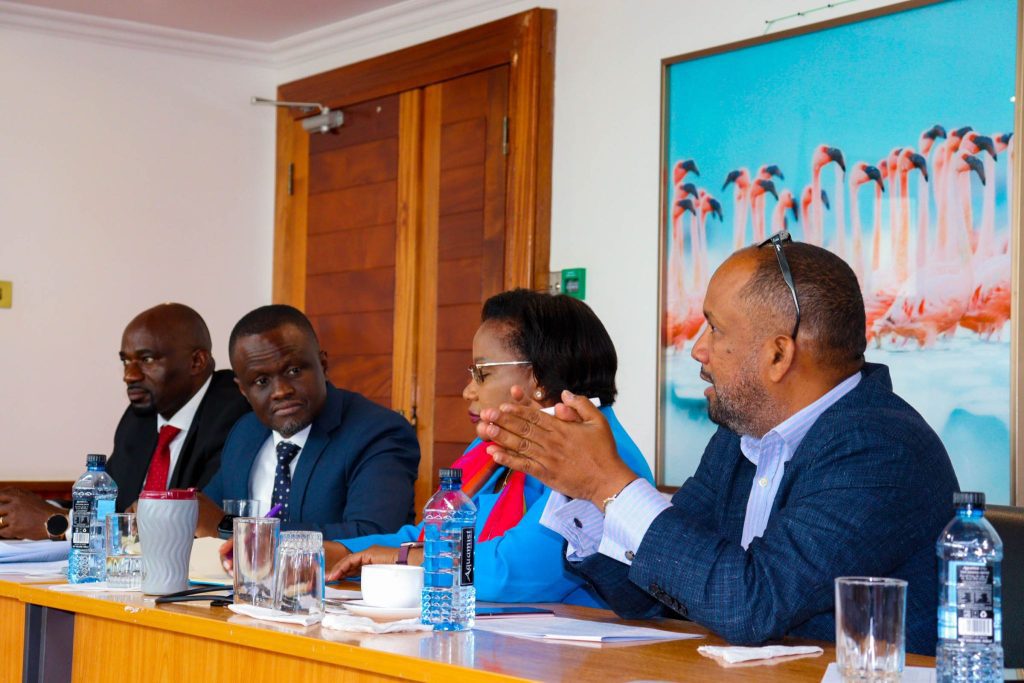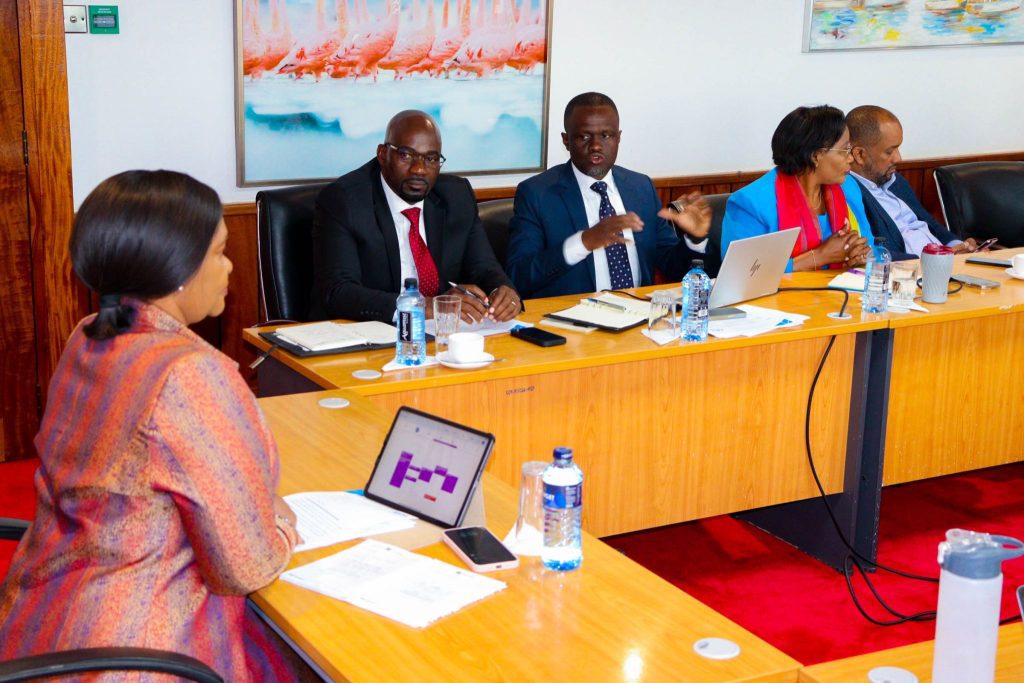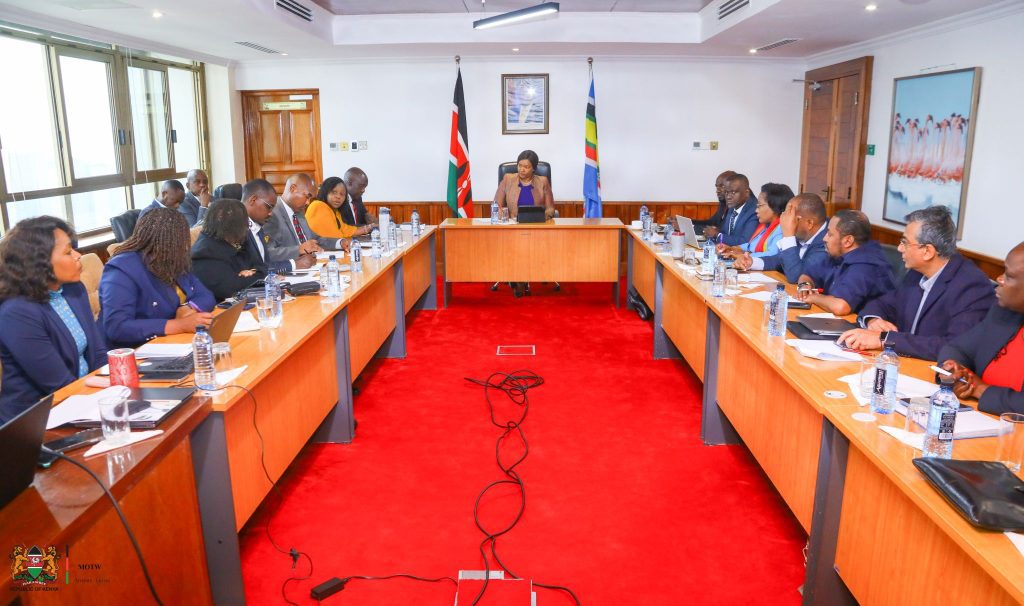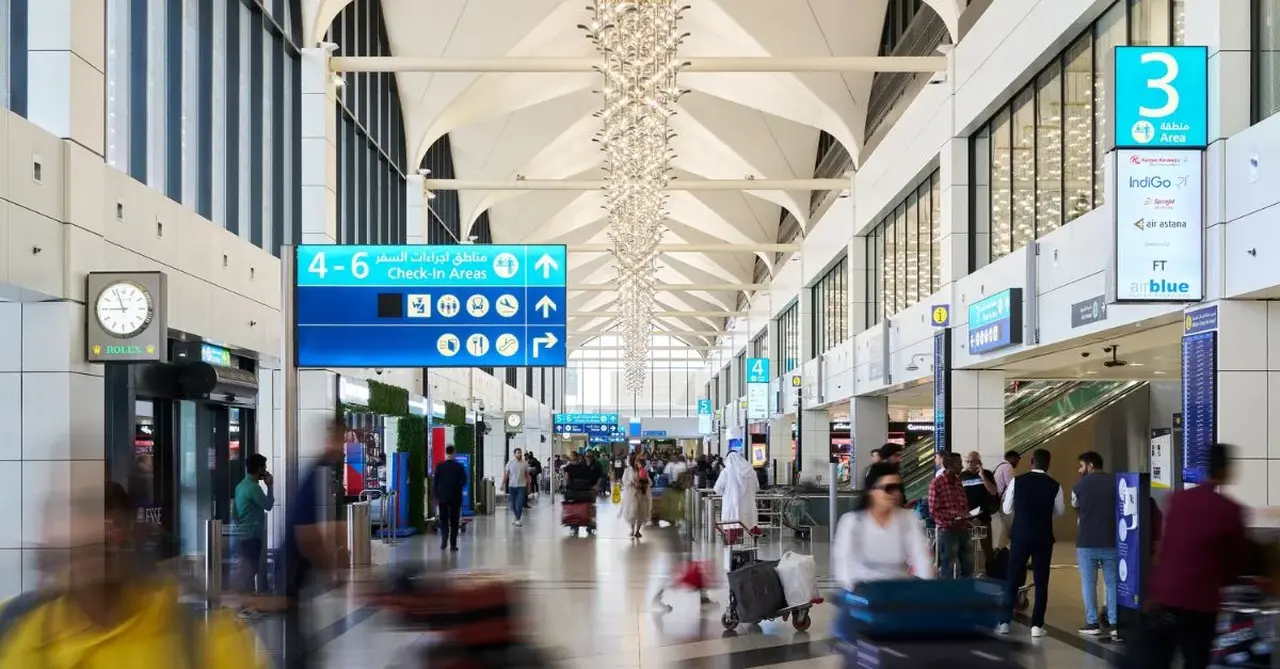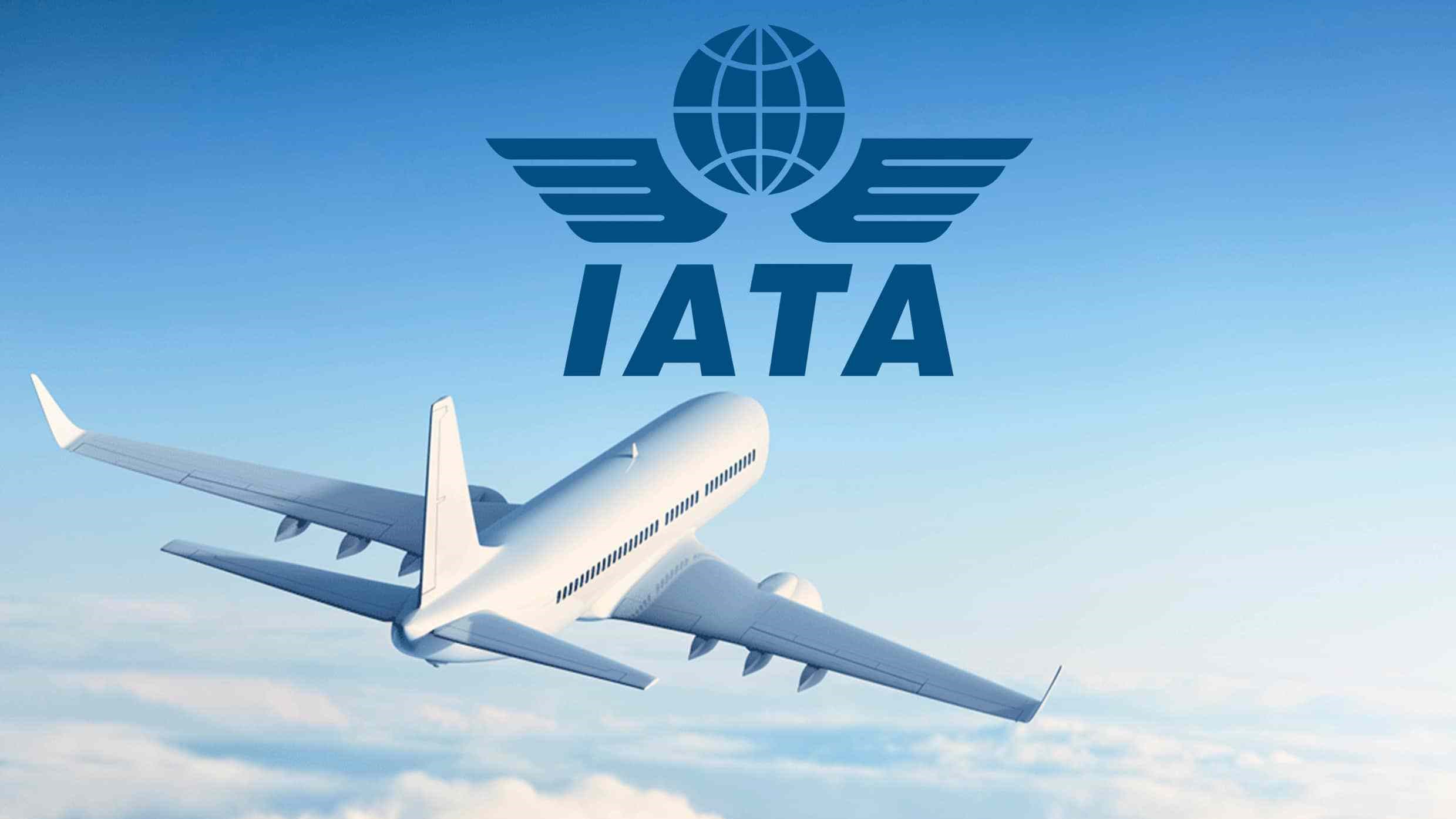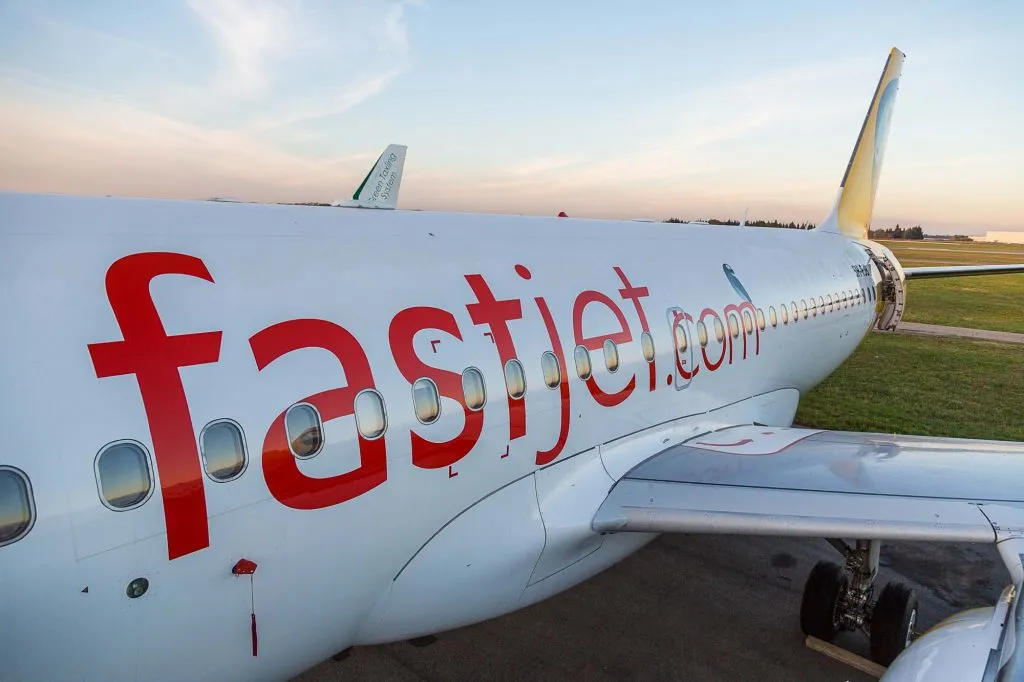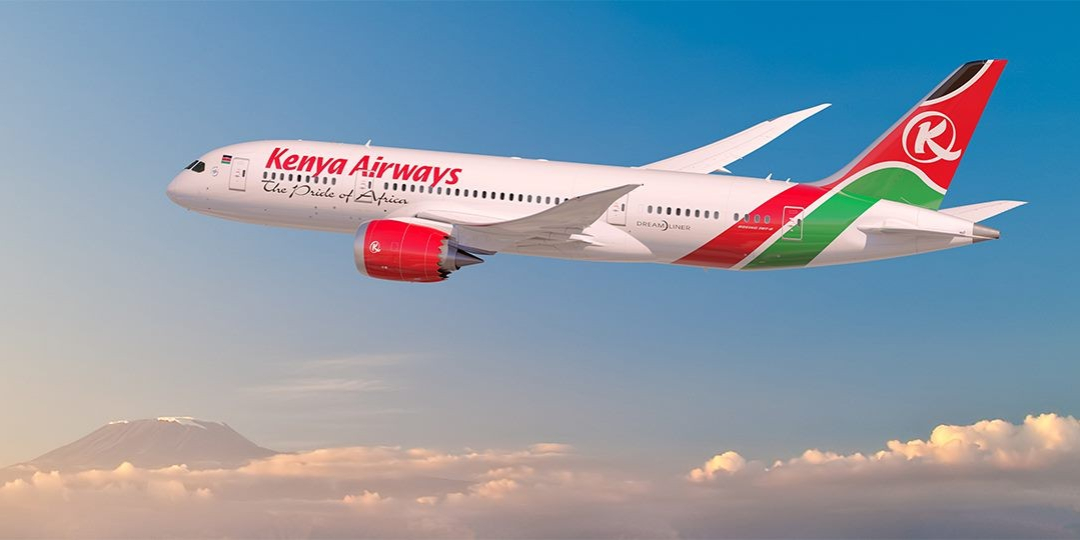Tanzania is poised to become Africa’s next big travel destination in the year 2026. From chimpanzee treks in the Mahale Mountains to the sunsets on Zanzibar’s beaches, Tanzania is here to offer much more than a conventional safari destination.
Having garnered 50 nominations at the 2025 World Travel Awards—more than any other African country—Tanzania is increasingly capturing global attention. This momentum continues as Dar es Salaam hosts this year’s prestigious travel gala.
With its mix of natural beauty and growing international recognition, Tanzania offers an unmatched experience for travellers. For South Africans, Tanzania is not only an exciting place to visit but also an easy and affordable destination to reach.
Tour experts share that Tanzania’s blend of world-class conservation efforts, community development, and transformative travel experiences makes it a standout destination.
An Affordable Yet Luxurious Escape
Despite its growing reputation for luxury, Tanzania offers surprisingly affordable travel options. Fly-and-stay packages to Tanzania and Zanzibar start at a very affordable price, with return flights from Johannesburg to Dar es Salaam available at a pocket-friendly price-rate.
With visa-free entry for South African passport holders (for stays up to 90 days), shorter flight durations, and affordable all-inclusive packages, Tanzania becomes a compelling alternative to farther destinations like the Maldives or Thailand.
Tanzania’s appeal goes beyond its natural beauty. President Samia Suluhu Hassan has played a pivotal role in driving the country’s tourism sector forward. Her efforts in showcasing Tanzania’s cultural and ecological diversity through the internationally broadcast documentary The Royal Tour have contributed to the nation’s increasing global visibility.
These initiatives, alongside smarter infrastructure, a professional tourism service, and a stronger focus on conservation, are transforming Tanzania into a top-tier destination.
Unforgettable Experiences In Tanzania
Tanzania’s untouched wilderness offers an authentic African adventure. From game drives to forest treks, here are just a few of the highlights worth planning for in 2026:
- Katavi National Park: One of Africa’s last true wilderness areas, Katavi offers visitors the chance to see large hippo pods, lions, and elephants in isolation, away from the crowds.
- Ruaha National Park: A hidden gem, Ruaha is home to stunning baobab trees and exceptional predator sightings. It’s the perfect complement to a Zanzibar beach getaway.
- Nyerere National Park (formerly Selous): Larger than Switzerland, this uncrowded park offers boat safaris and walking trails, providing a more intimate safari experience.
- Mahale Mountains National Park: Accessible only by boat, this remote park on Lake Tanganyika is a dream destination for those seeking a rare chimpanzee encounter in pristine rainforest.
- Lake Manyara Treetop Walkway: This scenic forest path offers panoramic views of the park, ideal for family visits and photography.
- Tarangire National Park: Known for its massive elephant herds and rich birdlife, Tarangire is a biodiversity hotspot, perfect for multigenerational travel.
- Gombe Stream National Park: Famous for being the site of Jane Goodall’s pioneering chimpanzee research, this park offers guided treks to see wild primates up close.
Travel Tips For South Africans
- Visa-Free Travel: South African passport holders can enter Tanzania without a visa for stays of up to 90 days.
- Currency: Payments must be made in Tanzanian shillings (TZS), but international credit cards are widely accepted, and ATMs are plentiful.
- Health: Yellow fever vaccinations are recommended for travellers passing through risk areas, and malaria prophylaxis is advised for those visiting the bush.
- Packing: Be prepared for temperature shifts—days can be hot, but nights may be chilly. Pack sunscreen, insect repellent, and layered clothing.
- Cultural Etiquette: Dress modestly in Zanzibar and rural areas. Always ask before taking photos of people or sacred places.
- Book Early: Popular camps in remote parks like Katavi and Mahale fill up fast, so it’s advisable to plan your trip in advance with a travel expert.
A Global Spotlight On Tanzania
Tanzania’s 50 nominations at the 2025 World Travel Awards are a testament to the country’s growing tourism appeal. From Africa’s Leading Tourist Destination to innovative eco-lodges and next-generation safari operators, Tanzania is making waves on the global stage.
Hosting the 2025 World Travel Awards gala in Dar es Salaam will further cement its reputation as a world-class destination.
Following a commitment to both eco-tourism as well as community development, Tanzania is fast-shaping the future of sustainable tourism in Africa. For South Africans who are looking for an extraordinary adventure, Tanzania holds a world of unexplored potential.
Source; TravelAndTourWorld



